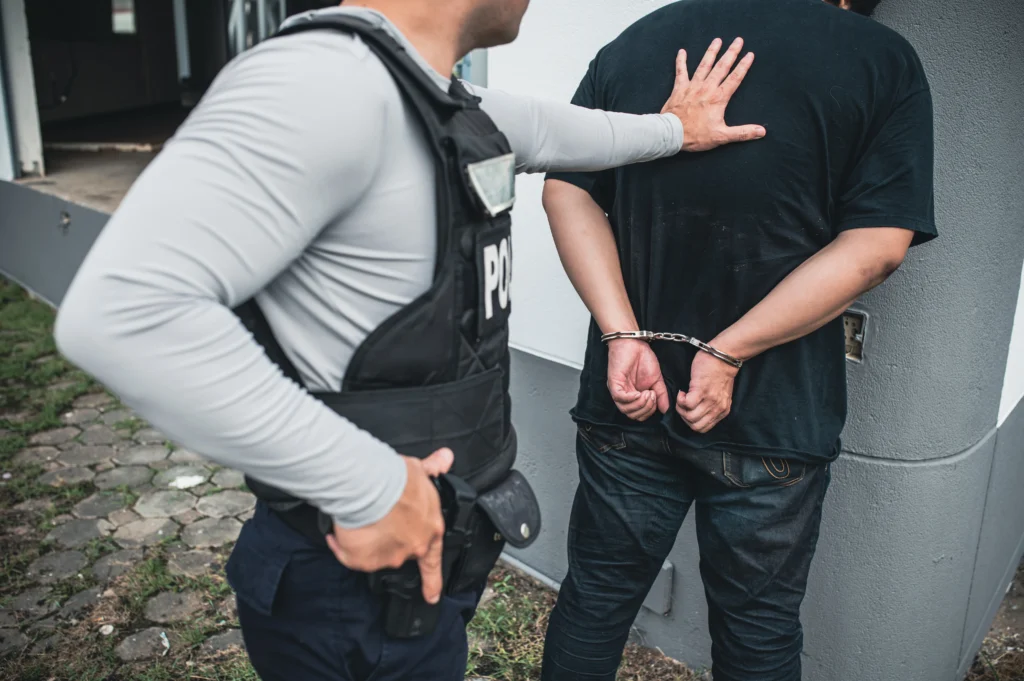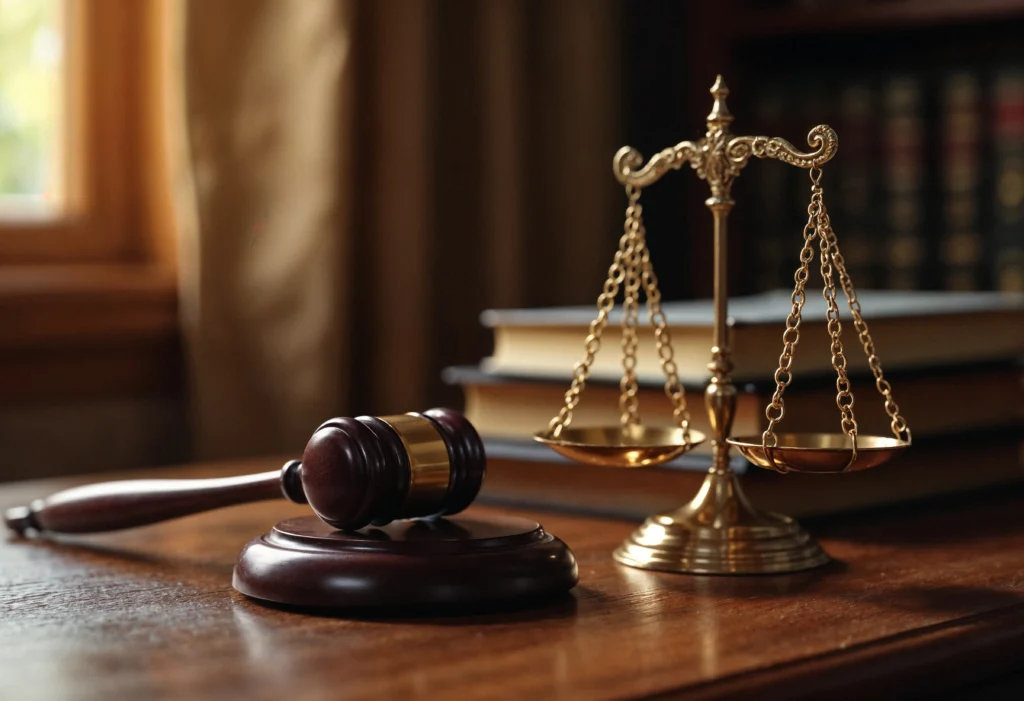The mysterious disappearance of Suzanne Morphew in May 2020 became one of Colorado’s most talked-about cases. On Mother’s Day weekend, Suzanne seemingly vanished during a bike ride near her family’s home in Salida. Her husband, Barry Morphew, quickly became a central figure in the investigation. After initial charges in 2021 were dropped in 2022 due to procedural issues, the case appeared to be losing momentum.
But in a stunning twist, nearly five years after Suzanne’s disappearance — and two years after her remains were discovered — Barry Morphew has been indicted once again for first-degree murder. As of June 20, 2025, he has been rearrested and is awaiting extradition to Colorado. A mix of forensic breakthroughs, digital data inconsistencies, and renewed prosecutorial focus have reopened a case that many thought had gone cold. Here’s a detailed breakdown of what’s unfolding.

The Rearrest: A Renewed Indictment After Years of Questions
On June 20, 2025, Barry Morphew was rearrested in Arizona and charged once again with first-degree murder, tampering with a deceased human body, and attempting to influence a public official. This dramatic turn follows a multi-year rollercoaster of accusations, dropped charges, lawsuits, and discoveries.
Barry’s arrest came after a grand jury convened to review new evidence following the 2023 discovery of Suzanne’s remains. This time, prosecutors say, they are ready. They believe they have built a more comprehensive and compelling case—one that includes toxicology findings, digital forensics, and previously unexplained movements and actions by Barry in the hours surrounding Suzanne’s disappearance.
Although Barry had been living quietly in Arizona with his daughters, his past never left him. Investigators tracked his movements and reevaluated prior evidence using advanced forensic techniques unavailable during the first indictment. Now, as he prepares to face trial for the second time, the stakes couldn’t be higher—for his freedom, his family, and the truth behind Suzanne’s tragic end.

Toxic Secrets: Animal Tranquilizer Discovered in Suzanne’s Remains
One of the most shocking revelations in this new indictment involves the discovery of BAM, a powerful combination of animal tranquilizers, in Suzanne’s remains. Her body, found buried in a desolate area near Moffat, Colorado, did not show signs of visible trauma. But toxicology reports identified the presence of BAM—a chemical cocktail used primarily by veterinarians to sedate large animals like deer or elk.
Barry Morphew had documented access to this tranquilizer in his professional work, and investigators previously discovered tranquilizer darts, a dart gun, and related paraphernalia at his home. While the original investigation noted these items, the detection of BAM in Suzanne’s system now places that information in a far more sinister context.
Experts believe that Suzanne may have been incapacitated by this tranquilizer before her death and that the method was used intentionally to avoid obvious signs of injury. This revelation is seen by prosecutors as a critical piece of evidence—one that links means, opportunity, and motive.

The Digital Timeline: Phones, Vehicles, and the Silence in Between
Modern criminal investigations increasingly rely on digital footprints, and this case is no exception. Investigators have meticulously analyzed Barry’s cell phone records, GPS data, and vehicle telemetry to reconstruct his actions during the crucial 48 hours surrounding Suzanne’s disappearance.
Data shows that Barry’s phone was turned off during a key time frame when Suzanne likely died. Additionally, the telematics from his work truck reveal movements and stops that contradict his original account. The vehicle was driven in erratic patterns, including late-night trips and unexplained stops that prosecutors argue were part of an effort to dispose of evidence—or even Suzanne’s body.
Surveillance footage from the days that followed also showed Barry making several trips to public trash bins in multiple locations, dumping unknown items. These movements, combined with the forensic findings, are being used to paint a picture of a calculated effort to cover up a crime.
The digital evidence may not offer direct proof of murder, but it provides a compelling circumstantial case that Barry’s version of events doesn’t align with the data. Prosecutors are expected to use these inconsistencies as the backbone of their timeline in court.

Legal Crossroads: Defending Barry, Seeking Justice for Suzanne
Barry Morphew’s legal journey has been tumultuous. His first indictment in 2021 collapsed when the prosecution failed to disclose key evidence, including DNA linked to an unknown male found in Suzanne’s abandoned SUV. His defense team used these oversights to argue for dismissal, which was granted in 2022 “without prejudice”—meaning charges could be refiled later, as they now have been.
In the years since, Barry filed a lawsuit against the prosecutors and investigators, seeking millions in damages for what he called a wrongful arrest and reputational harm. That lawsuit was ultimately dismissed, but it highlights how contentious and politically charged this case has become.
Now, with new charges, Barry’s defense is once again claiming the state is using circumstantial evidence and a toxic narrative, rather than hard proof. His daughters remain supportive, maintaining their father’s innocence and accusing law enforcement of pursuing the wrong person.
On the other side, prosecutors are determined to get it right this time. They’ve learned from their earlier mistakes, restructured the case, and are bringing forward new experts and analysis. Public confidence in the justice system is riding on the outcome of this case. For many, this trial is not only about Barry and Suzanne, but also about accountability, persistence, and the power of truth—even years later.
Conclusion: A Tragic Mystery Nears Its Climax
Five years after Suzanne Morphew’s disappearance, her story continues to grip the nation. The discovery of her remains and the tranquilizer in her system have reignited a case that once appeared doomed by missteps. Barry Morphew now faces a second legal reckoning, one that could bring long-awaited justice—or raise new questions.
As this new trial unfolds, it will test the strength of forensic science, the credibility of digital evidence, and the resolve of a community that has waited years for answers. Regardless of the outcome, Suzanne Morphew’s name will not be forgotten—and the world will be watching closely to see whether the truth finally comes to light.